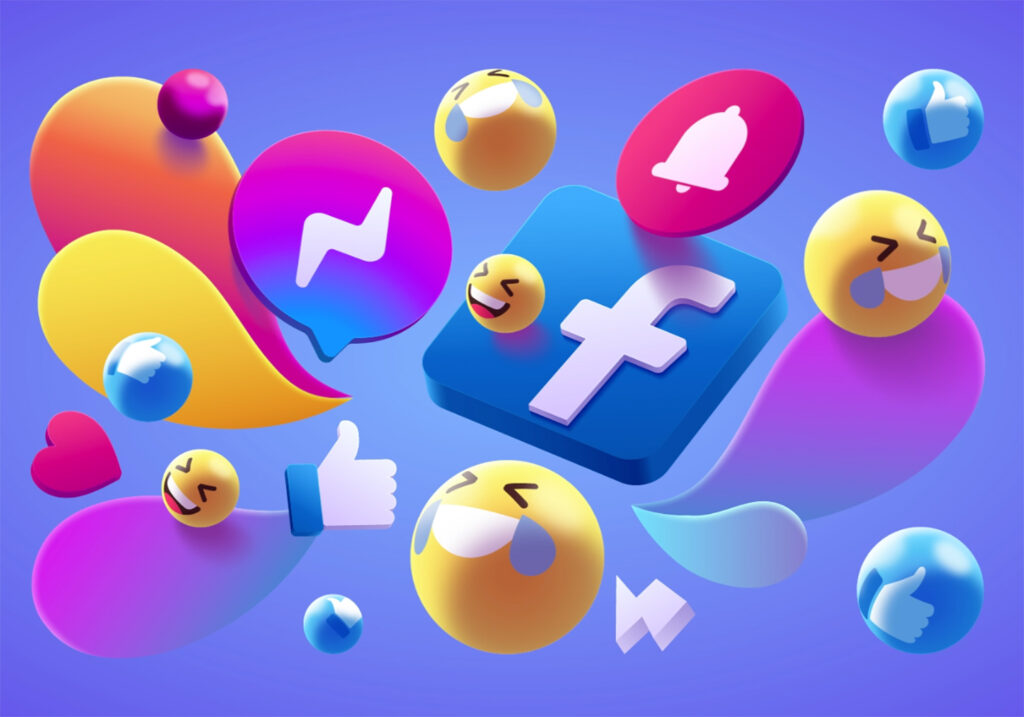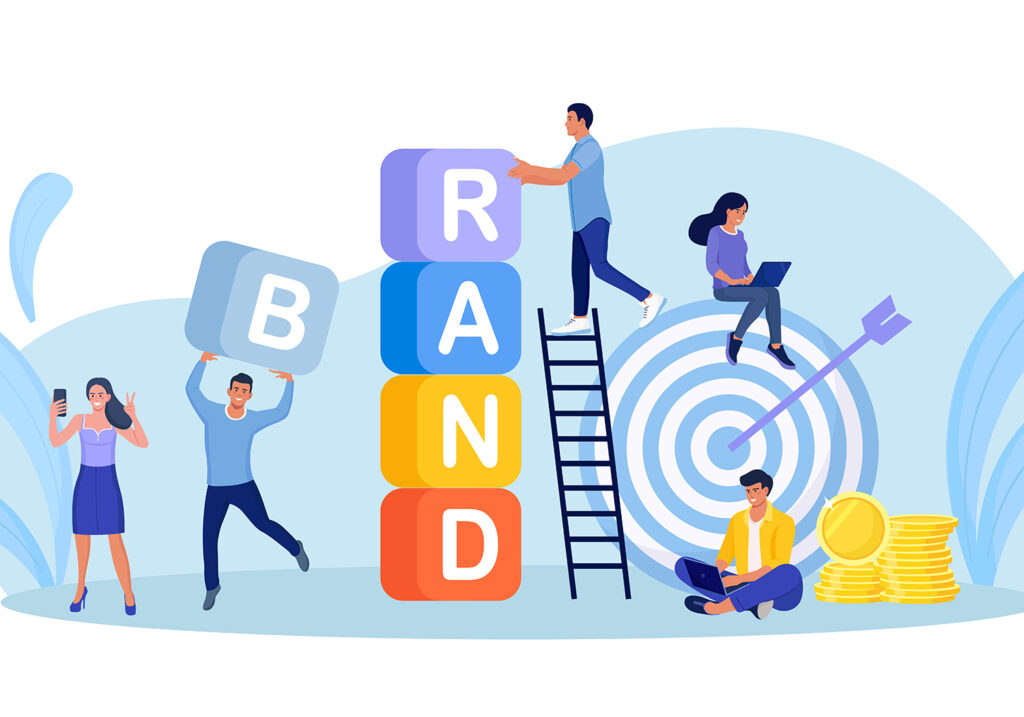Brand perception isn’t just about a logo or tagline. It’s the gut feeling people get when they hear your company’s name, and it directly impacts trust, loyalty, and purchasing decisions. Positive perception can position a business as credible and customer-focused, while negative views can make it difficult to gain traction, even with the best products or services on the market. Companies that consistently deliver quality, transparent communication, and customer care tend to foster trust and a stronger connection with their audience.
A well-executed outbound call center service plays a pivotal role in shaping and maintaining this perception. Every call is a touchpoint, and how those interactions are handled can either enhance or damage a customer’s view of the brand. Personalized service, clear communication, and resolving concerns promptly reinforce reliability and professionalism. When customer experiences feel seamless and valued, it’s easier to create brand advocates who share their positive impressions with others.
Ultimately, brand perception is a long game. It’s built with every interaction, from marketing campaigns to customer support calls. Businesses that pay attention to how they’re perceived—and take active steps to shape that narrative—are the ones that stay relevant in a crowded market. Investing in people, communication, and customer experience will always yield stronger brand equity and long-term success. For more information, look over the accompanying infographic below.




























